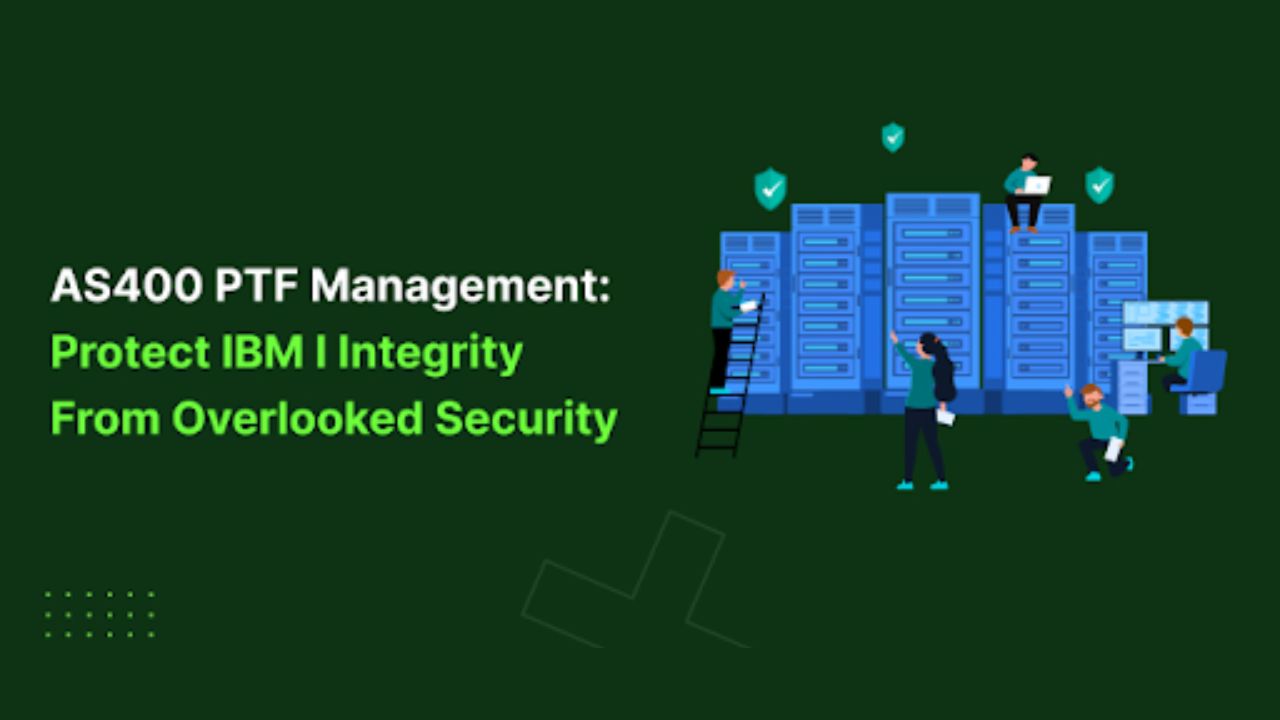Plagiarism detection is an essential tool for writers, educators, and researchers to ensure the originality of their work and maintain academic integrity. With the rise of online content and easy access to information, various plagiarism detection tools have emerged. While some of these tools are free to use, others require a paid subscription. In this article, we will examine the effectiveness of paid and free plagiarism detectors and evaluate their pros and cons.
Assessing the Pros and Cons of Free and Paid Plagiarism Detection
Plagiarism detection has become an essential tool in today’s digital age, where information is easily accessible and can be easily copied and pasted. Whether you are a student, a professional writer, or a researcher, ensuring the originality of your work is crucial. In this regard, there are two main options available: free plagiarism detection tools and paid plagiarism detectors. Each option has its own set of pros and cons, and understanding them can help you make an informed decision.
The Pros of Free Plagiarism Detection Tools
Free plagiarism detection tools are widely available online, making them easily accessible to anyone with an internet connection. These tools offer a convenient way to check for similarities between texts, allowing users to identify potential instances of plagiarism. For students, these free tools can be particularly useful as they can help ensure the originality of their academic work.
Another advantage of free plagiarism detection tools is that they are cost-effective. As the name suggests, these tools are available for free, which can be a significant benefit for individuals on a tight budget. Students, in particular, may find these tools to be a valuable resource as they navigate their academic journey.
The Cons of Free Plagiarism Detection Tools
While free plagiarism detection tools offer convenience and affordability, they often come with limitations. One of the main drawbacks is their functionality. Free tools may not have the same level of sophistication and advanced features as their paid counterparts. This can result in less accurate results and a limited ability to detect more complex instances of plagiarism.
Additionally, free plagiarism detection tools may have restrictions on the amount of content they can process. This can be a significant limitation, especially for individuals working on larger projects or those who need to scan a substantial amount of text. The limited processing capacity of these tools can hinder their effectiveness and make them less suitable for professional writers or researchers.
The Pros of Paid Plagiarism Detectors
Paid plagiarism detectors offer a range of advanced features that can enhance the accuracy and efficiency of plagiarism detection. These tools often have comprehensive databases that allow for a more thorough comparison of texts, increasing the likelihood of identifying instances of plagiarism. Additionally, paid tools may employ deep content analysis and efficient scanning algorithms, enabling them to detect even the subtlest forms of plagiarism.
For professional writers and researchers, investing in a paid plagiarism detector can provide peace of mind regarding the authenticity of their content. These tools offer a higher level of accuracy and reliability, ensuring that their work is original and free from any unintentional plagiarism. This can be particularly important in academic and professional settings where the consequences of plagiarism can be severe.
The Cons of Paid Plagiarism Detectors
Despite their benefits, paid plagiarism detectors come at a cost. Users are typically required to pay a subscription fee or make a one-time payment to access the advanced features and functionality of these tools. This can be a deterrent for individuals on a limited budget or those who do not require frequent use of a plagiarism detector.
Additionally, the learning curve associated with using paid plagiarism detectors may be steeper compared to free tools. The advanced features and options available in these tools may require some time and effort to fully understand and utilize effectively. This can be a challenge for individuals who are not technologically inclined or who have limited experience with plagiarism detection software.
Enago Plagiarism Checker, partnered with Turnitin, uses the most sophisticated algorithms to detect plagiarism against 91+ billion current and archived web pages. We also provide a Scholarly Articles check that allows easy comparison against 82+ million open-access and paid scholarly articles from 1,700+ publishers. Enago detects similar text through its advanced algorithms and processes.
Examining the Accuracy and Efficiency of Plagiarism Detection Tools
The accuracy and efficiency of plagiarism detection tools play a vital role in detecting similarities between documents. Free plagiarism detectors often rely on basic algorithms, leading to potential false positives or missed instances of plagiarism. Moreover, these tools may be limited in the types of content they can accurately analyze, such as PDF files or content behind paywalls.
Paid plagiarism detectors, on the other hand, invest in advanced technologies and algorithms to enhance accuracy and efficiency. They can handle a wide range of file formats and provide detailed reports highlighting the sources of similarity. Additionally, paid tools often offer additional functionalities, such as grammar and spell checking, which can further improve the overall quality of the written content.
One of the key challenges in developing plagiarism detection tools is striking the right balance between accuracy and efficiency. While it is crucial to identify instances of plagiarism accurately, it is equally important to do so in a timely manner. Free plagiarism detectors, although convenient due to their cost, may fall short in this aspect. Their basic algorithms may not be able to efficiently process large volumes of text, resulting in slower detection times.
Paid plagiarism detectors, on the other hand, invest heavily in research and development to improve their algorithms and technologies. These tools employ sophisticated techniques, such as natural language processing and machine learning, to analyze and compare documents quickly and accurately. By leveraging these advanced technologies, paid plagiarism detectors can deliver faster and more reliable results, making them a preferred choice for many users.
Another limitation of free plagiarism detectors is their inability to handle certain file formats. While they may work well with plain text or HTML files, they may struggle with more complex formats like PDFs or content behind paywalls. This can be a significant drawback for users who need to analyze a diverse range of documents. Paid plagiarism detectors, on the other hand, are designed to handle various file formats seamlessly. They can extract text from PDFs, analyze content behind paywalls, and even process multimedia files, ensuring a comprehensive plagiarism detection experience.
Furthermore, paid plagiarism detectors often provide detailed reports that highlight the sources of similarity between documents. These reports can be invaluable for users who need to verify the authenticity of their work or identify potential instances of plagiarism. The reports not only indicate the percentage of similarity but also provide links to the original sources, allowing users to verify the accuracy of the detection results.
In addition to plagiarism detection, many paid tools offer additional functionalities that can enhance the overall quality of written content. For example, some tools include grammar and spell checking features, which can help users identify and correct errors in their writing. This can be particularly useful for non-native English speakers or individuals who want to ensure their work is error-free and polished.
In conclusion, while free plagiarism detectors may serve as a starting point for basic plagiarism detection, paid tools offer a more comprehensive and reliable solution. With advanced technologies, support for various file formats, and additional functionalities, paid plagiarism detectors provide accurate and efficient detection, helping users maintain the integrity of their work and produce high-quality content.










































